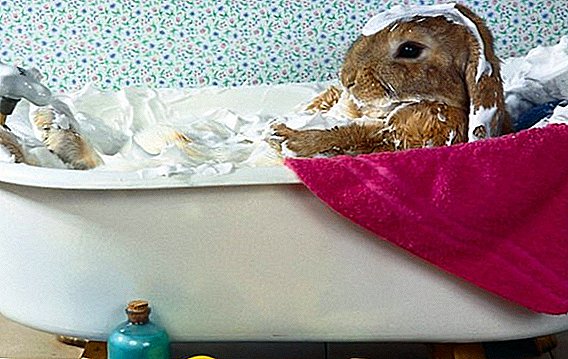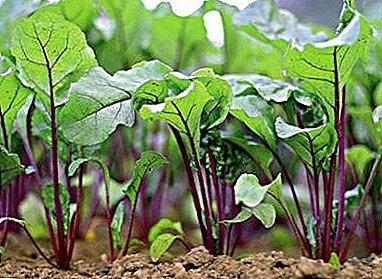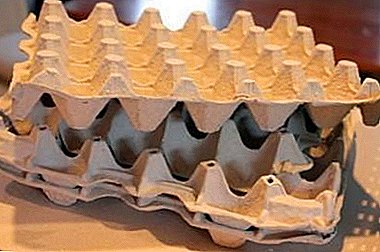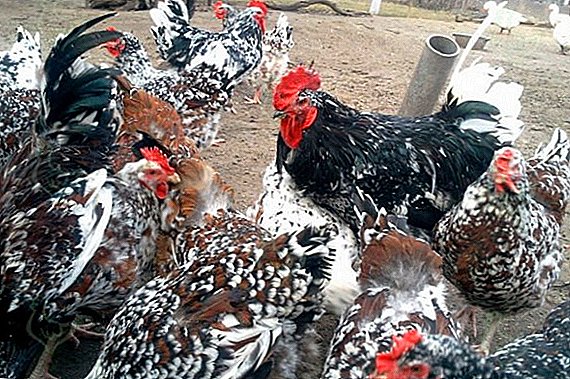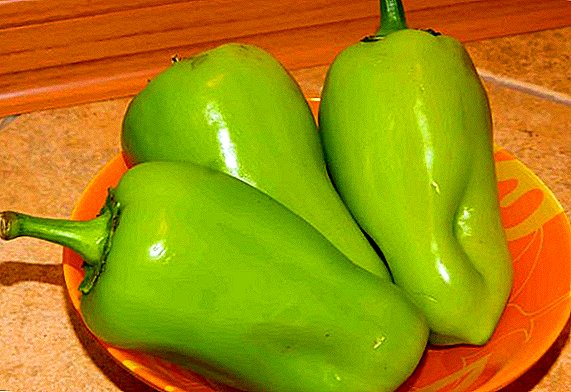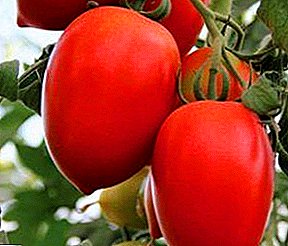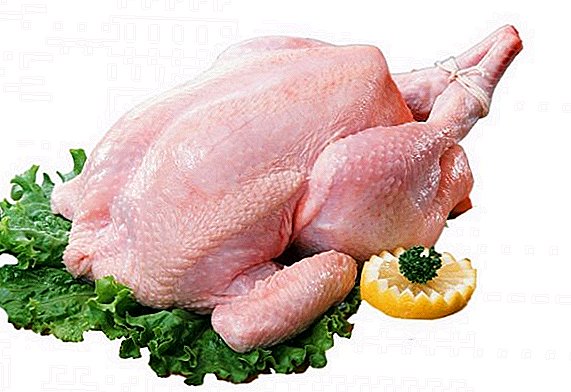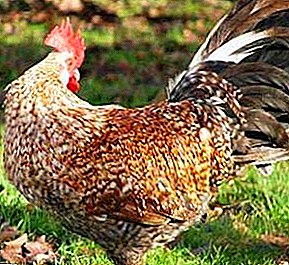
A small European country Belgium has long been famous for its traditions of animal husbandry, in particular - poultry farming. One of the Belgian breeds of domestic chickens is Aarschots (Aarschots). The name of this breed comes from the Aarschot commune in Flanders in Belgium.
The meat-bearing breed of chickens Arschots gained fame since the 1850s, but then, at the beginning of the twentieth century, it actually disappeared due to the widespread distribution among farmers of new, more specialized breeds of poultry. Therefore, the blood of this breed needed to be updated - so, in 2003, it was actually recreated. Chickens of such breeds as Maran, Mechelhoen and Belgian fight were involved in this business.
Breed Description Aarshotz
 Aarshotz is a mixed breed of productivity - meat and egg. This means that they not only have a large mass, but also are close in egg productivity to the hens of specialized egg breeds.
Aarshotz is a mixed breed of productivity - meat and egg. This means that they not only have a large mass, but also are close in egg productivity to the hens of specialized egg breeds.
Enthusiasts in the field of poultry are wary of the fact that many rare breeds of chickens go into oblivion. Therefore, they organize various exhibitions of poultry and strongly support the number of rare breeds. But despite all their efforts to revive the breed, Aarshotz remains one of the rarest breeds of chickens. - and the difficulties are caused not only by the purchase of such a bird, but even by a banal search for information about it!
This is extremely unfair, because this breed is no worse than other meat-egg breeds of chickens.
Features
Aarschots are rare chickens, so their characteristics have to actually be re-studied. But they, of course, retained the basic properties of their ancestors. So, the advantages and disadvantages of the breed:
 Merits:
Merits:
- Universal breed - have a high muscle mass and very egg yoke.
- Very beautiful - their golden-striped color resembles scales iridescent in the sun.
- Have a great character. Very obedient and gullible, with them there will be no problems.
- Unpretentious, like all meat and egg breeds. Illegible to feed.
- Pretty tasty meat.
disadvantages:
- The breed is extremely rare. Finding chickens for breeding is not so easy.
- The lack of explicit specialization can be an advantage for small private farms. However, for industrial breeding such chickens will not work.
- The instinct of hatching eggs is not developed. This improves egg production, but can create additional difficulties for keeping in a small household.
Content and cultivation
 Since Arschots is a typical breed of meat-laying chickens, it is quite unpretentious, like other similar breeds. But even such unpretentious chickens require proper care.
Since Arschots is a typical breed of meat-laying chickens, it is quite unpretentious, like other similar breeds. But even such unpretentious chickens require proper care.
An important aspect of rearing meat chickens is feed. In order for the chickens of meat and egg breeds to get all the necessary micronutrients and vitamins, their owners need to feed them a variety of high-quality feed: wet and loose mash (personally prepared mixtures), various concentrated and floury feeds.
Completely without food, without losing productivity, the bird can exist only up to thirty-six hours. If the food is of poor quality or insufficient, the hens of such breeds simply stop laying eggs. But when a bird is transferred to good nutrition, its ability to lay eggs very quickly recovers.
Since meat-breeding chickens consume more food than egg-oriented poultry, the question of balanced feed becomes especially important - with the wrong feed composition in poultry, obesity can develop.
 Breed of hens Barnevelder is known throughout Russia mainly due to its beautiful color.
Breed of hens Barnevelder is known throughout Russia mainly due to its beautiful color.If you follow the link //selo.guru/rastenievodstvo/orhideya/kak-uhazhivat-za-orhideej-doma.html, you will learn all about orchid care after flowering.
Feed these chickens should be four times a day: wet mashes are perfect for breakfast and lunch, dry food or cereal mixtures are suitable for other feedings. When preparing the mash, the quantity should be correctly calculated. The most appropriate solution would be to prepare a mash in the volume that is enough for chickens for forty minutes.
You should not cook it in too large quantities or keep it in reserve - such feed quickly sours, which may not have the best effect on the health of the bird.
Approximate daily ration of laying hen:
- 50 grams of whole grain mixture.
- 50 grams of a mixture of grains and flour.
- 10 grams of wheat bran.
- 12 grams of cake meal.
- 5 grams of fish meal made from meat and bones.
- 5 grams of herbal flour It can be made from hay and pine needles.
- 40 grams of vegetable mix: suitable vegetables such as carrots, cabbage and pumpkin.
- 5 grams of a source of calcium - suitable flour from chalk or seashells.
- 0.7 grams of a solution of ordinary table salt.
 Feeding chickens of the Arschots breed is no different from caring for chickens of other, more popular breeds. Immediately after launching into the tank, they should be fed and during the first day they should have constant access to food and drink. But then you should go to the feeding on a schedule.
Feeding chickens of the Arschots breed is no different from caring for chickens of other, more popular breeds. Immediately after launching into the tank, they should be fed and during the first day they should have constant access to food and drink. But then you should go to the feeding on a schedule.
Up to two months of age, chickens show extremely high growth rates, therefore, they should be fed particularly well during this period. Usually the chicken diet consists of:
Grains
- Hard-boiled eggs with grated groats and carrot juice
- Fresh sour milk in mesh bags (optional).
- Nettle greens, clovers, shredded carrots and pumpkin.
Chickens will fight for food and the largest of them may not give smaller brothers to eat normally. In order for all chickens to get proper nutrition, you should regularly test their goats in order to determine their satiety. Those chickens whose goats are poorly filled or empty should be planted separately and increase the rate of cottage cheese, carrots and other nutritional ingredients.
In the watering of chickens, interruptions are not allowed: access to the drinking water should always be and the water in it should be regularly updated. From one week to a month and a half, it will be useful to give chicks a 0.1% pale pink solution of potassium permanganate. It should be poured for half an hour in the morning, and then replaced with plain clean water.
Specifications
Arschots - representatives of the meat-group of breeds of chickens. This is reflected in their appearance and quantitative indicators.
The plumage of Arschots hens is dense and smooth, the legs are bare, the crest is leafy. The growth of both roosters and chickens is average, the size of the ring is 22 millimeters for a rooster, 20 millimeters for a chicken. The color of the eggs is brown, speckled. The feathering is a bit slow. Live weight of an adult bird: 3-4 kilograms of roosters and 2.5-3.5 kilograms of chickens. The egg production rate of this breed is 140-160 eggs per year.
 Bress Gali breed of chickens - huge birds from France have become a replacement for the usual broilers.
Bress Gali breed of chickens - huge birds from France have become a replacement for the usual broilers.Do you know how to make a flower bed with your own hands? And if they had read this article, they would have known for sure!
Analogs
Aarshotz is a typical meat-breeding hen, so it has plenty of analogues. If you are interested in choosing a domestic poultry for home gardening, look at such breeds as Australorp Black, Amrox, New Hampshire, Sussex and Rhode Island hens. And if you are patriotic, then you should pay attention to such breeds as Moscow and Yurlovskaya vociferous.
Conclusion
Since this breed is very rare, but at the same time it does not qualitatively differ from its analogs, we can safely advise it to collectors of rare chickens. Perhaps your farm will be one of the first breeding centers for these birds in Russia.




